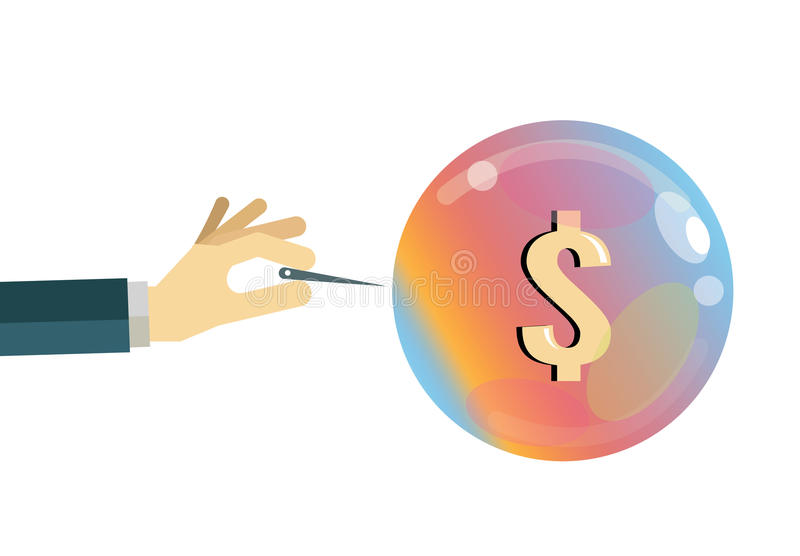
You've found the best place to find the highest dividend-paying stock. In this article, I have listed the top companies such as Rio Tinto, Eli Lilly and Pfizer. These are great investments that you can make today. Continue reading to find out more. We'll start with Rio Tinto. Find out why Rio Tinto is a top dividend share stock.
Pfizer
Pfizer's dividend represents a wonderful dividend. While most investors don’t have time for the complexity of investing, it is an excellent example of an investor who does. As of the end of the third quarter of 2016, the company reported diluted earnings per share (EPS) of $0.39. In addition, it also paid a quarterly per-share dividend. While the pandemic in the United States is weighing on the company's business this year, its stock continues to pay out a great dividend.
Pfizer expects to continue growing its revenue by at most 6% annually through 2025, even though COVID-19's future is not certain. The company is losing exclusive rights to several of its most important drugs. Merck will continue to see growth in its earnings for the next five-years, as it continues to develop its pipeline which includes Keytruda (cancer immunotherapy), Gardasil (human papillovirus vaccine), and Lagevrio (COVID-19) pills.

Rio Tinto
Investors who prefer safety and growth over growth will find Rio Tinto the most dividend-paying stock. Rio Tinto produces stable volumes year over year. This makes it possible to predict future production volumes. This company has a long track record of producing high quality metals. High-quality earnings and high production volumes make the company one of the most dividend-paying stocks.
The company's financial position is strong and it has good cash flows. The company's P/E ratio is 6.08 in FY2021 and 7.99 for FY2022. Its dividend has been increasing steadily and will exceed 13% by 2022. Over the next few years, Rio Tinto's net cash generation and revenue are expected to grow. The dividend yield is also increasing. The dividend yield has been growing steadily over the past five year, surpassing the S&P 500's 107% performance.
Eli Lilly
Eli Lilly can be your best choice if dividend-paying stocks are in your portfolio. Last year, earnings at Eli Lilly grew like weeds and the growth rate isn't slowing down. Analysts' projection of 9% annual earnings growth for the company seems conservative when you consider earnings grew at an amazing 19% per annum five years ago. Additionally, Eli Lilly boasts a solid pipeline that includes several top-selling drugs in development.
The company's average industry dividend has increased by 7.2% each year over the last ten years. Its 41.7% dividend payout ratio makes it a strong company that will increase its payouts as earnings rise. Eli Lilly is forecast to maintain its low double-digit dividend rate and maintain its payout ratio of below 45% over the long-term. Eli Lilly has a market-matching 1.4% return, so it's difficult to go wrong with them.

Housing & Urban Development Corporation
Housing & Urban Development Corporation, (HUDCO), is the best dividend stock in India. This PSU has a 6.1% annual dividend and trades at a PE of 4.1. Its dividend has been increasing at a decent rate and there aren't any promises from promoters. HUDCO is often a slow-moving stock and its price has been dragging sideways. When the stock is trading above the closing price of 36, it could be a good time for you to invest. Long-term targets: 44 and 46.
If you're interested in investing in housing development, then consider buying shares of Housing & Urban Development Corporation. Housing & Urban Development Corporation is a government-owned company that provides loans to Indians for housing and infrastructure projects. The company provides residential real estate, social housing services, and retail finance through the HUDCO Niwas program. HUDCO provides water, power and sewerage as well as solid waste management.
FAQ
How are securities traded
Stock market: Investors buy shares of companies to make money. Investors can purchase shares of companies to raise capital. Investors can then sell these shares back at the company if they feel the company is worth something.
Supply and demand determine the price stocks trade on open markets. If there are fewer buyers than vendors, the price will rise. However, if sellers are more numerous than buyers, the prices will drop.
There are two methods to trade stocks.
-
Directly from the company
-
Through a broker
What is the difference between stock market and securities market?
The whole set of companies that trade shares on an exchange is called the securities market. This includes stocks and bonds, options and futures contracts as well as other financial instruments. There are two types of stock markets: primary and secondary. Stock markets that are primary include large exchanges like the NYSE and NASDAQ. Secondary stock markets allow investors to trade privately on smaller exchanges. These include OTC Bulletin Board Over-the-Counter (Pink Sheets) and Nasdaq ShortCap Market.
Stock markets are important because it allows people to buy and sell shares in businesses. Their value is determined by the price at which shares can be traded. When a company goes public, it issues new shares to the general public. Dividends are paid to investors who buy these shares. Dividends are payments made to shareholders by a corporation.
Stock markets provide buyers and sellers with a platform, as well as being a means of corporate governance. The boards of directors overseeing management are elected by shareholders. The boards ensure that managers are following ethical business practices. In the event that a board fails to carry out this function, government may intervene and replace the board.
Is stock marketable security a possibility?
Stock is an investment vehicle that allows you to buy company shares to make money. This is done through a brokerage that sells stocks and bonds.
You could also invest directly in individual stocks or even mutual funds. In fact, there are more than 50,000 mutual fund options out there.
There is one major difference between the two: how you make money. Direct investments are income earned from dividends paid to the company. Stock trading involves actually trading stocks and bonds in order for profits.
Both of these cases are a purchase of ownership in a business. However, when you own a piece of a company, you become a shareholder and receive dividends based on how much the company earns.
Stock trading offers two options: you can short-sell (borrow) shares of stock to try and get a lower price or you can stay long-term with the shares in hopes that the value will increase.
There are three types stock trades: put, call and exchange-traded funds. Call and put options let you buy or sell any stock at a predetermined price and within a prescribed time. ETFs are similar to mutual funds, except that they track a group of stocks and not individual securities.
Stock trading is very popular because it allows investors to participate in the growth of a company without having to manage day-to-day operations.
Stock trading is not easy. It requires careful planning and research. But it can yield great returns. If you decide to pursue this career path, you'll need to learn the basics of finance, accounting, and economics.
Statistics
- Our focus on Main Street investors reflects the fact that American households own $38 trillion worth of equities, more than 59 percent of the U.S. equity market either directly or indirectly through mutual funds, retirement accounts, and other investments. (sec.gov)
- US resident who opens a new IBKR Pro individual or joint account receives a 0.25% rate reduction on margin loans. (nerdwallet.com)
- Ratchet down that 10% if you don't yet have a healthy emergency fund and 10% to 15% of your income funneled into a retirement savings account. (nerdwallet.com)
- For instance, an individual or entity that owns 100,000 shares of a company with one million outstanding shares would have a 10% ownership stake. (investopedia.com)
External Links
How To
How to Trade on the Stock Market
Stock trading is a process of buying and selling stocks, bonds, commodities, currencies, derivatives, etc. Trading is French for traiteur, which means that someone buys and then sells. Traders buy and sell securities in order to make money through the difference between what they pay and what they receive. This is the oldest type of financial investment.
There are many options for investing in the stock market. There are three types of investing: active (passive), and hybrid (active). Passive investors do nothing except watch their investments grow while actively traded investors try to pick winning companies and profit from them. Hybrid investors take a mix of both these approaches.
Index funds track broad indices, such as S&P 500 or Dow Jones Industrial Average. Passive investment is achieved through index funds. This approach is very popular because it allows you to reap the benefits of diversification without having to deal directly with the risk involved. You can just relax and let your investments do the work.
Active investing is the act of picking companies to invest in and then analyzing their performance. Active investors will analyze things like earnings growth rates, return on equity and debt ratios. They also consider cash flow, book, dividend payouts, management teams, share price history, as well as the potential for future growth. They decide whether or not they want to invest in shares of the company. If they feel the company is undervalued they will purchase shares in the hope that the price rises. On the other hand, if they think the company is overvalued, they will wait until the price drops before purchasing the stock.
Hybrid investments combine elements of both passive as active investing. You might choose a fund that tracks multiple stocks but also wish to pick several companies. In this instance, you might put part of your portfolio in passively managed funds and part in active managed funds.